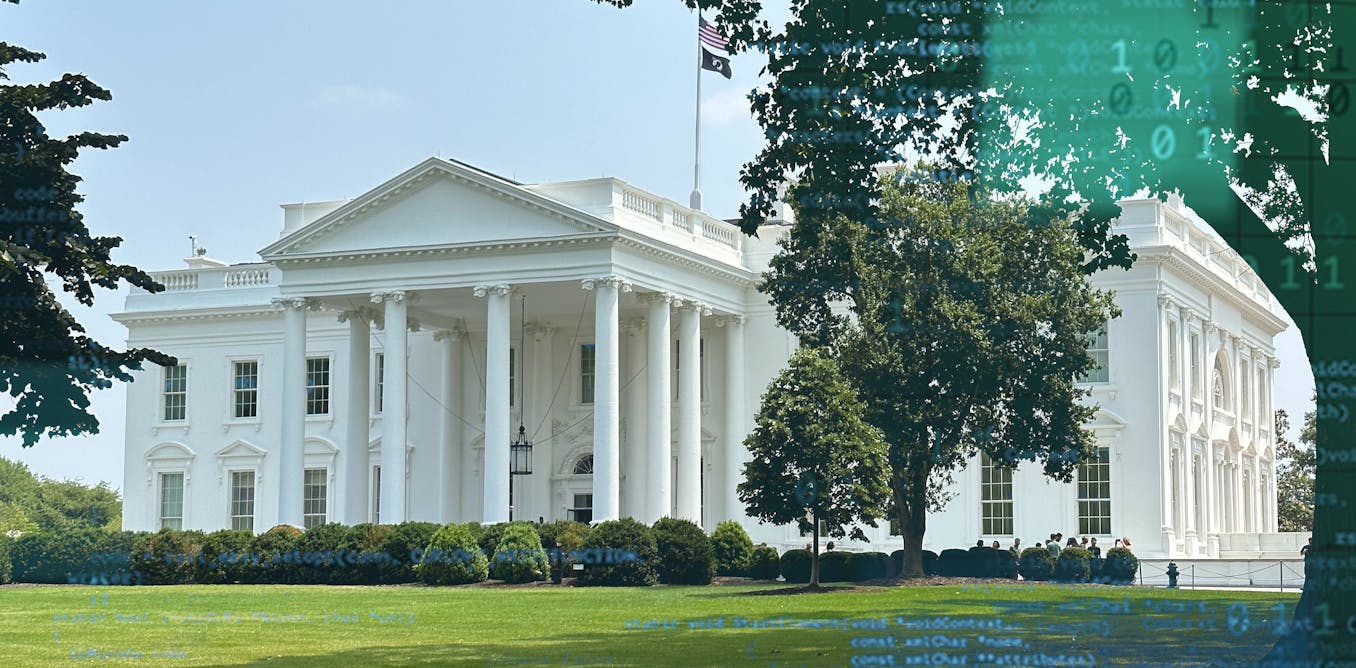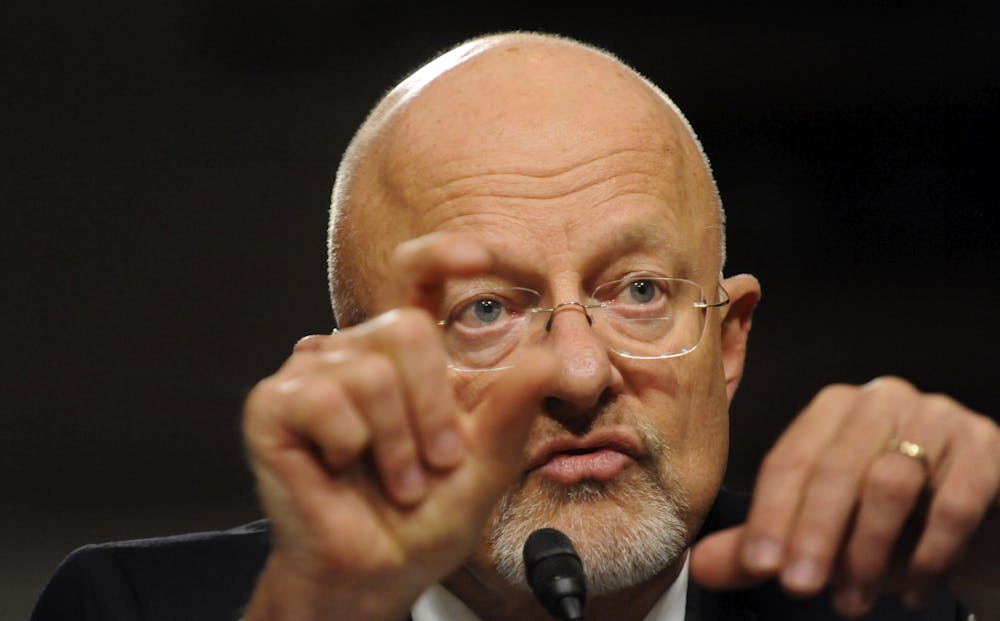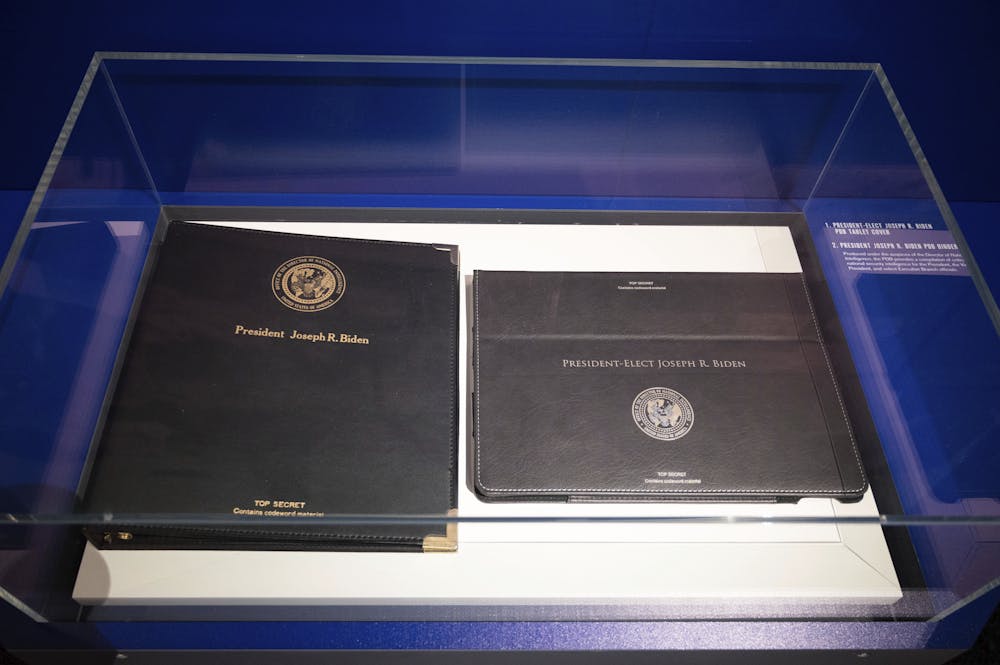The President of the United States sits at the pinnacle of a vast national security structure, facing a constant deluge of information and existential threats. To make decisions of world-altering magnitude, the commander-in-chief relies on a single, vital source: the Director of National Intelligence (DNI). Created in the wake of the 9/11 attacks, this relatively modern position was engineered to correct a critical failure of communication and coordination. The DNI is tasked not with leading the Intelligence Community’s 18 disparate agencies—an unwieldy collection of spy services, technical collectors, and analytical bureaus—but with organizing and integrating them into a cohesive whole. Serving as the President’s principal intelligence advisor, the DNI’s ultimate mission is to ensure that the unvarnished, collective truth of the global threat environment is delivered directly to the highest levels of power, thereby transforming a complex, fragmented enterprise into a singular, reliable source of objective truth.
The Genesis of a Critical Office
The creation of the Office of the DNI in 2004, following the Intelligence Reform and Terrorism Prevention Act, was a direct response to a painful lesson learned from history. For decades, intelligence oversight panels had argued that the structure of the Intelligence Community (IC) was fundamentally flawed. The Director of Central Intelligence (DCI) simultaneously served as the chief of the Central Intelligence Agency (CIA) and the nominal coordinator for the entire IC. This dual-hatted role created an inherent conflict of interest: the DCI was effectively asked to coordinate and scrutinize agencies whose resources and budgets were often competing with his own, while also protecting the interests of his own agency, the CIA.

The 9/11 Commission found that this lack of centralized authority and information sharing was a catastrophic vulnerability. The disparate agencies—including the National Security Agency (NSA), the Defense Intelligence Agency (DIA), and intelligence components within the FBI and State Department—were not effectively communicating. The solution was the DNI, an office explicitly designed to separate the tasks of coordinating the entire IC from managing any single agency. This new chief executive of intelligence was given the authority to speak for the entire community and was charged with eliminating the fragmentation that had once left America blindsided by threats.
The Art of “Herding Cats”: Integration and Management
The DNI’s primary operational function is one of integration and resource management, a task often described as akin to “herding cats.” The IC comprises eighteen diverse elements, many of which belong to massive cabinet-level departments, such as the Department of Defense, which controls the NSA and the DIA. The DNI does not directly command these organizations, but instead must persuade, coordinate, and impose budgetary unity. The Director achieves this by assembling a combined, overarching budget for the entire Intelligence Community, a tool that provides significant influence over priorities and investments.

The term “integration” in this context refers to more than just meetings and email chains; it signifies a deliberate effort to overcome the natural tendency of agencies to prioritize their own missions and hoard information. The DNI drives this effort by emphasizing shared responsibility and the strategic alignment of resources. This involves ensuring that the massive collection apparatus—the satellites, signal intercepts, and human intelligence agents—is perfectly aligned with the needs of the analysts who process the data. Only through this intense, community-wide coordination can the IC ensure that its product represents a singular, agreed-upon assessment rather than a collection of conflicting reports.
The President’s Daily Brief: The Apex of Intelligence
Perhaps the most visible and consequential function of the DNI is the delivery of the President’s Daily Brief (PDB). The PDB is the single most important intelligence product in the United States government—a highly classified synthesis of the most crucial and sophisticated intelligence gathered by the entire IC overnight. It is a carefully curated distillation of emerging threats, strategic shifts, and critical developments that demand the President’s immediate attention.
In most administrations, the DNI or a deputy DNI is the official who personally briefs the President, either daily or several times a week, a role that places the DNI as the principal and most trusted intelligence advisor. This high-level, face-to-face interaction is not merely a formality; it is where the intelligence community’s judgments meet the policy realm. While the CIA remains the primary author of most PDB content, the DNI is the presenter and interpreter, responsible for explaining complex issues and answering the President’s pointed questions. This advisory role pushes the President to think not just tactically about the day’s crises, but strategically about the long-term implications of global events, such as the trajectory of foreign military capabilities or the stability of key regimes.
The National Intelligence Council and Strategic Consensus
To develop the kind of comprehensive, cross-cutting strategic analysis needed by the President, the DNI relies heavily on the National Intelligence Council (NIC). The NIC is the Intelligence Community’s premier interagency analytical group, responsible for producing consensus assessments on a wide array of global topics. It is composed of senior experts known as National Intelligence Officers (NIOs), who are drawn from across the government and organized by region (e.g., NIO for the Middle East) and by function (e.g., NIO for Cyber Threats).
When the President or a policy chief poses a question to the IC—such as, “What is the consensus view on China’s naval modernization efforts?”—the NIC convenes its experts from all 18 agencies. This is a rigorous, collaborative process of debate and “coordination” where experts argue the evidence, challenge assumptions, and ultimately agree on a collective answer. The product of this process is the community’s official judgment, a document that reflects the considered, integrated view of the entire IC, complete with any significant dissents. This system ensures that the President receives a singular, coordinated assessment rather than a stack of competing, siloed agency reports.
The Firewall of Truth: Guarding Against Politicization
The highest calling of the DNI, and of the intelligence officer corps, is the unwavering commitment to telling truth to power. Intelligence professionals operate under an ethical framework that demands their loyalty to the nation, not to a political party or ideology. The DNI sets the uncompromising tone for this resolutely nonpolitical stance and is responsible for protecting the analytic integrity of the entire community.

This protection is essential because intelligence is constantly at risk of politicization—the subtle or overt pressure to slant an assessment to suit a policymaker’s preference. This pressure is pervasive, as analysts naturally want their work to be well-received, but the cost of yielding is strategic failure. The DNI acts as the firewall, enforcing strict standards and backing analysts who deliver unpopular or inconvenient truths. Their vigilance ensures that the President receives a clear-eyed view of reality, even when that reality is grim or runs counter to a desired policy outcome. The effectiveness of American national security rests entirely on this foundational principle: the intelligence the President receives must be a reflection of the evidence, not a mirror of political desire.




